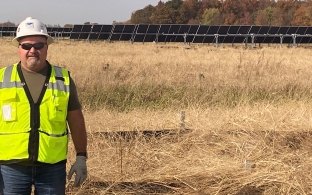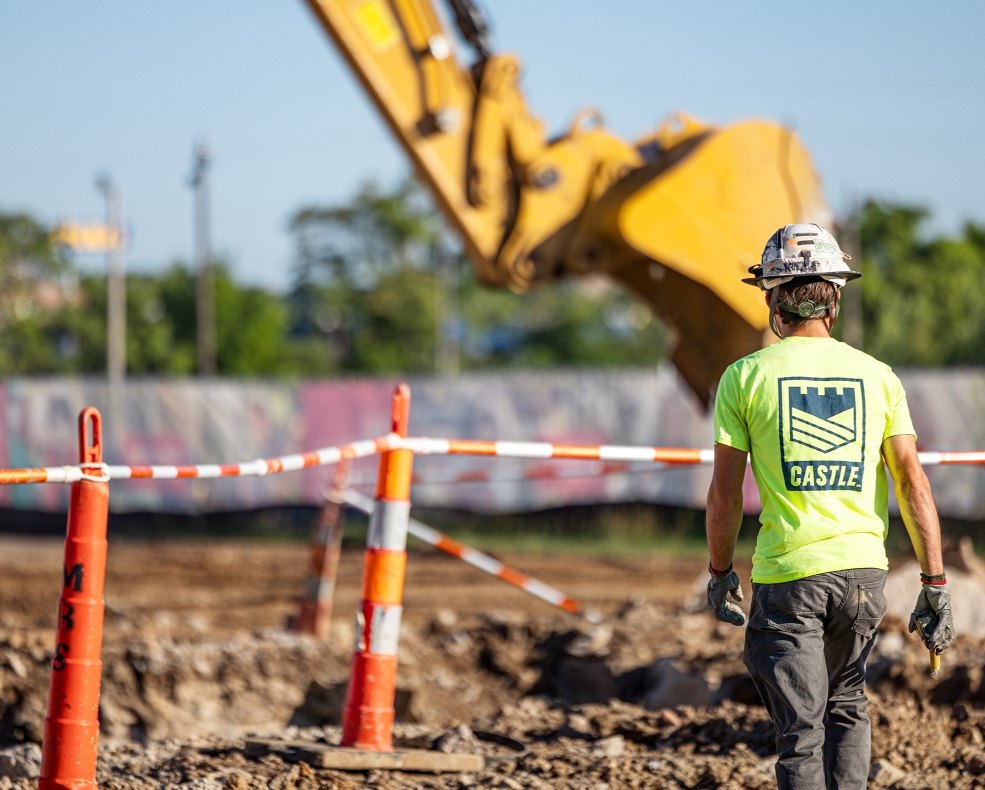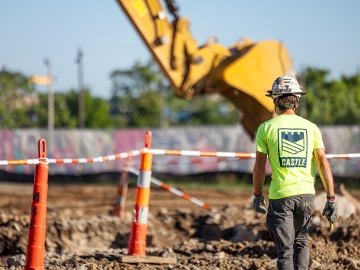The Infrastructure Investment and Jobs Act: What’s In the Bill?
After years of delay, the Infrastructure Investment and Jobs Act is putting $1.2 trillion towards making long-overdue improvements to the United States’ troubled national infrastructure.


After years of delay, the Infrastructure Investment and Jobs Act is putting $1.2 trillion towards making long-overdue improvements to the United States’ troubled national infrastructure. While the bill itself has been changed, shrunken, and ultimately parsed away from a bill that would have cost much more, there is ample funding to make big improvements in areas such as water and wastewater management, cleaning up PFAS, and modernizing the utility grid.
We spoke with some of Castle Contracting's leaders to learn more about how they believe the Act will impact our industry and what to watch for over the next several years.
The Infrastructure Investment and Jobs Act at a glance:
- Calls for $1.2 trillion in spending over five years
- Passed with bipartisan support
- $284 billion dedicated to improving “surface transportation” like roads, bridges, etc.
- $266 billion in enhancing core infrastructure, including water, sanitation, and electrical utilities
- Strategies to reduce climate change impacts
- Enhances transportation safety requirements
Critical Water Investments
Some of the most substantial sums set aside with core infrastructure spending are focused on water-related investments. In its final form, the Act includes $82.5 billion for water, wastewater, and sanitation. One of the challenges will be deciding where these funds will be distributed, as different communities face different needs.
“Ensuring people have safe water to drink is critical. However, in growing areas, wastewater capacity is also a challenge,” thought Director Design-Build Responses Christie Brinkman. “Unfortunately, the process for making these critical improvements is often slow and inefficient. If more agencies leveraged the design-build process, these projects could be executed faster with fewer changes and better budget certainty.”
It’s a considerable to-do list. According to the American Water Works Association, replacing lead water services lines could exceed $60 billion alone. For all the talk of the Act’s price tag, it falls well short of meeting the needs of state and local governments in bridging the gap between budget and expenses. Agencies may struggle to close the funding gaps or perhaps look to other funding sources.
Water Utility Timeline: No Quick Fix
Even if the funds were available tomorrow, there is no fast way to finish projects like those covered by the Act’s funding. Large-scale water line installation is a slow, time-consuming process. Using traditional design-bid-build models, Brinkman points out that these “projects take decades to complete.”
Skilled Craftworkers: The Other Shortage
As much as funding might serve to blunt the promise of the Infrastructure Investment and Jobs Act, the ongoing labor shortage could prove to be an even more substantial barrier. The Act is designed to create as many as 15 million jobs over the next decade, with 89% of those jobs to be created in the construction industry. Getting students on board may be a challenge. Still, it’s a barrier Brinkman says can be overcome.
“The first step is awareness. Many students don’t understand the opportunities in construction. There are many different types of jobs career paths in the industry that can offer a lot of benefits,” according to Brinkman.
Modernizing the Electric Grid
Of the $266 billion dedicated to improving core infrastructure, $73 billion was earmarked for improvements to the electric grid. These funds are focused on achieving several goals, including:
- Building new transmission lines to facilitate renewable energy
- Improving grid automation
- Funding renewable energy projects
- Investing in clean hydrogen, and carbon capture and sequestration
More Access to Clean Energy Sources
Renewable energy is already less expensive than fossil fuels in most US cities. Improving and expanding access to renewable energy will save the average American household money. The Act prioritizes investment in low-income communities as well as providing $500 million for renewable energy improvements in public schools.
Learn More with Castle Contracting
Find out more about the Infrastructure Investment and Jobs Act and how Castle Contracting can be your partner in your next solar, water and wastewater, or site development project. Let’s get your civil construction project started.








